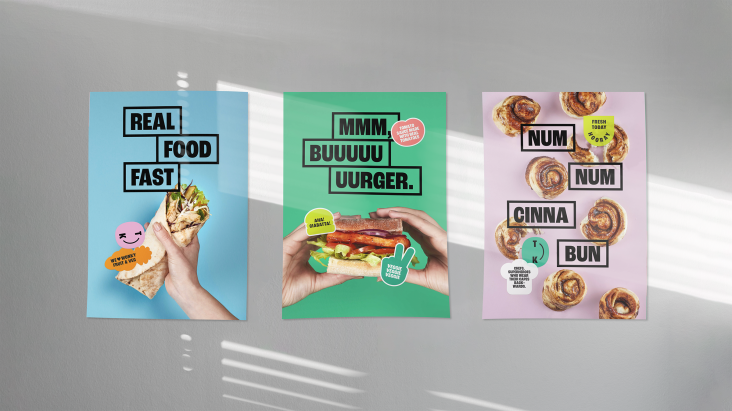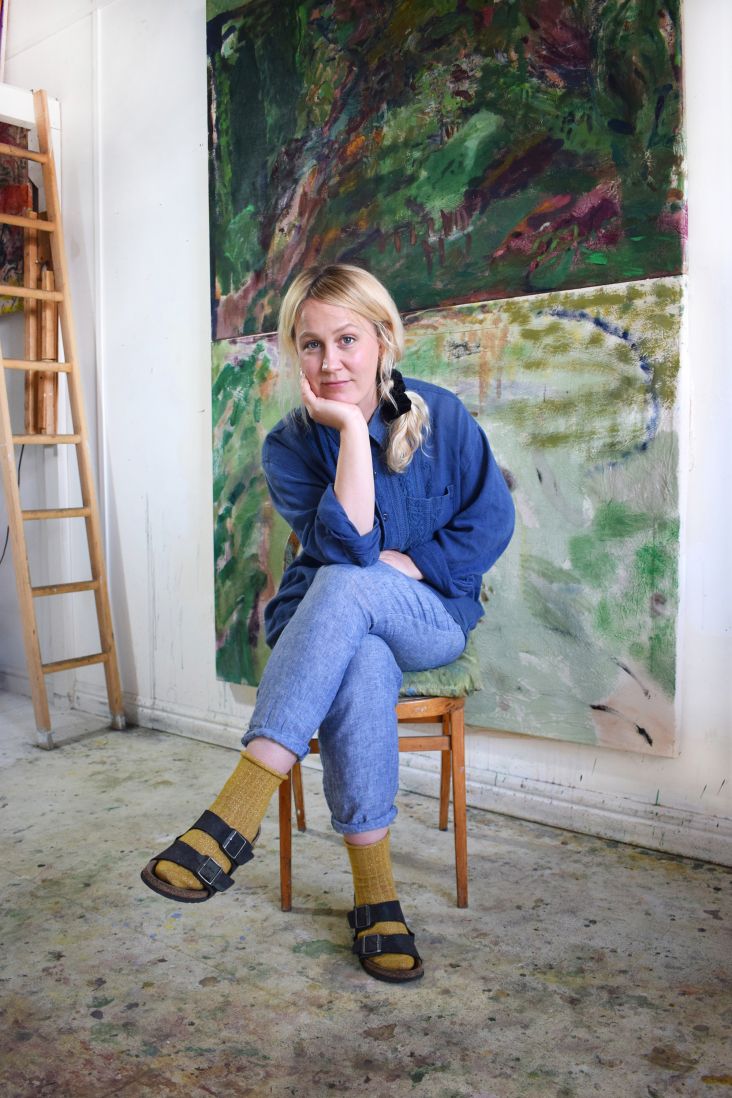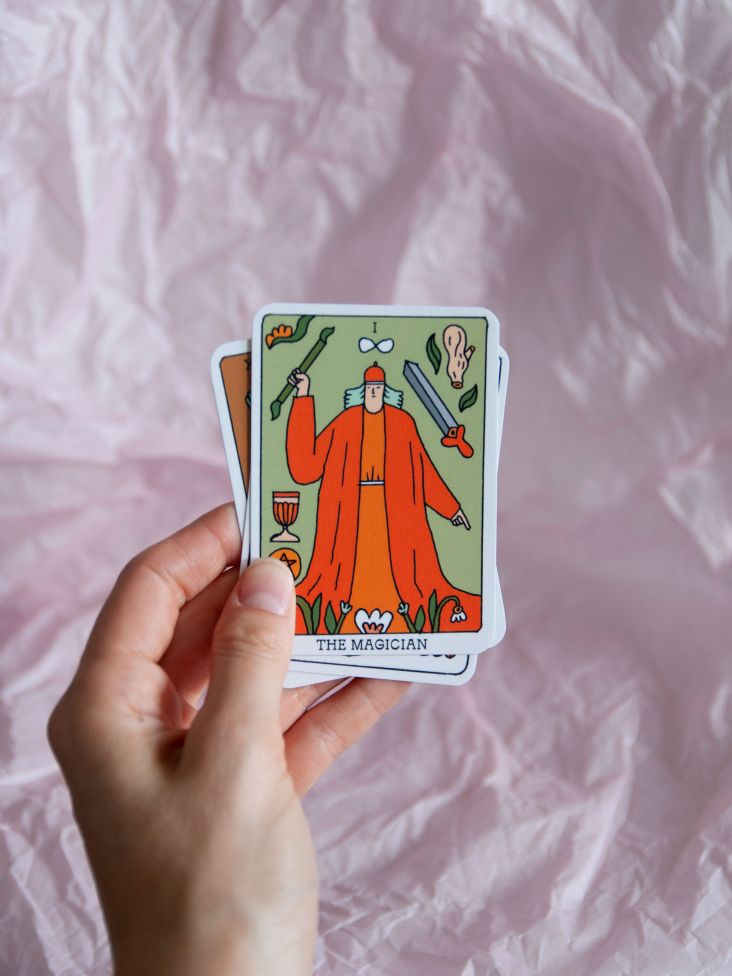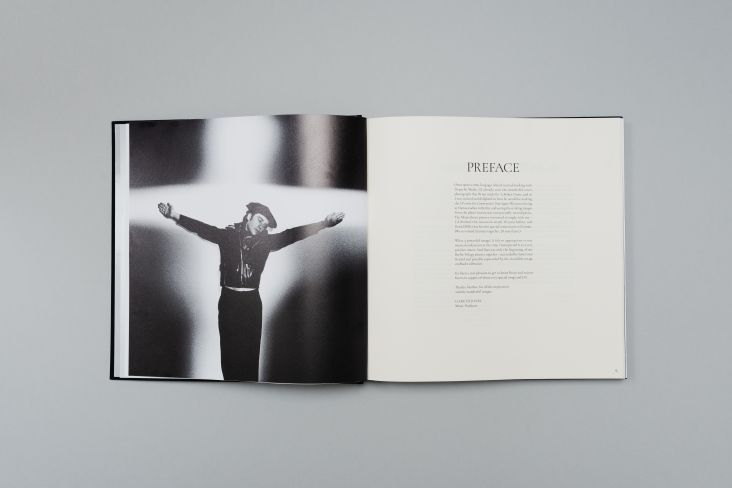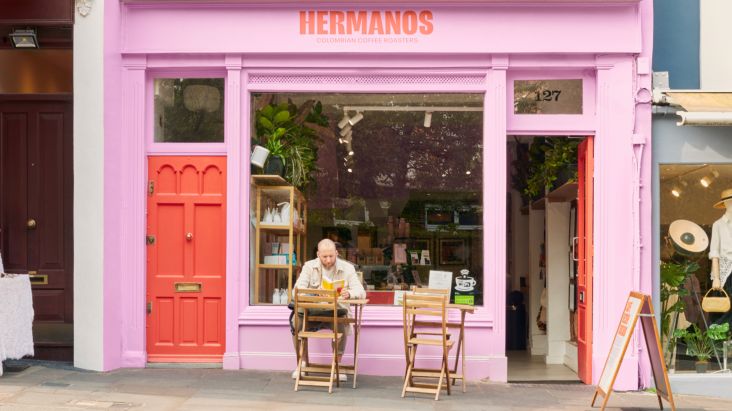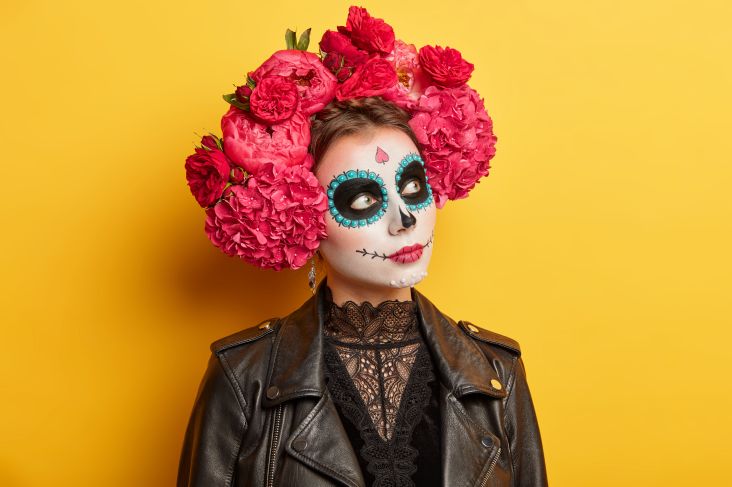'The fix starts within': new books by Radim Malinic help creatives realise their potential
London design and publishing legend Radim Malinic has released not one but two new books helping creatives achieve their potential. He chats to us about how he put them together and why they should be on your Christmas list.
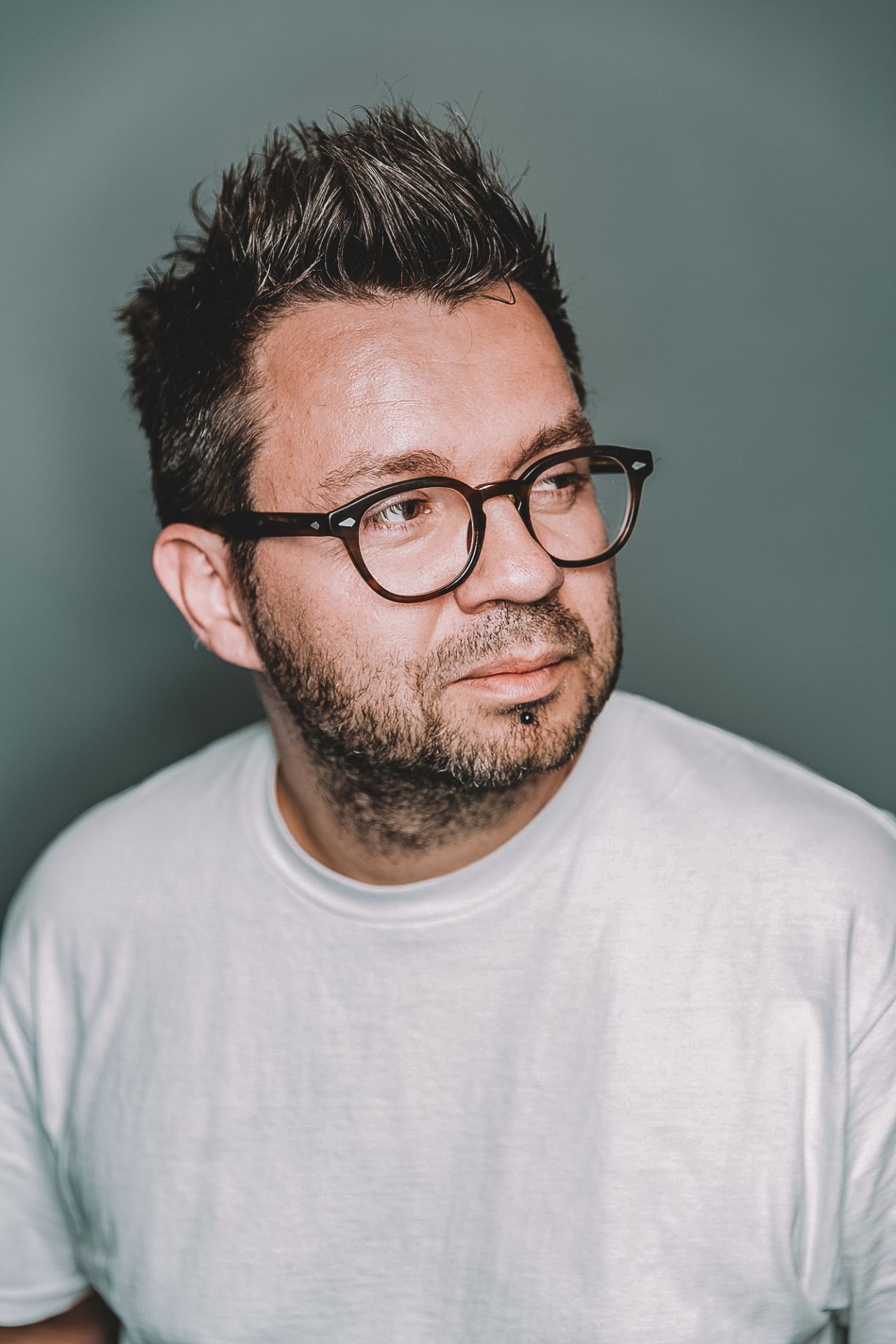
London creative director and graphic designer Radim Malinic has a long history in publishing, and we last covered his book Pause, Breathe and Grow: Notes on mindful creative life back in 2020.
His other titles, 'Book of Branding' and 'Book of Ideas', have received hundreds of five-star reviews and have become go-to resources for entrepreneurs, visual designers, brand creators and others forging ahead in the world of creative direction.
So we're excited to see the head of Brand Nu Studio is bringing out two new books designed to inspire and empower his fellow creatives. Creativity For Sale and Mindful Creative will officially debut on 24 October, and Radim considers them his most ambitious and important pieces of work to date.
Both titles are being featured in launch events and features around the world, including the DesignThinkers festival in Toronto and a launch event in London. We chatted to Radim to learn what the books have to offer, how he went about creating them, and why people should buy them.
What they're about
First, though, let's establish what we're talking about. Creativity For Sale is a how-to guide showing artists, writers, designers and other creatives how to ignite successful creative careers and businesses. It aims to inspire readers to pursue their creativity and offers strategies for building and amplifying their brands while providing powerful tools for meaningful growth.
Mindful Creative, meanwhile, is a roadmap demonstrating how to analyse and cope with the peaks and troughs of creative life, career and business. This title lets creatives take a meaningful pause and reflect on building positive habits, focusing on mindfulness. Readers benefit from some of the author's hard-learned personal lessons as he passes along wisdom that has changed his career and life.
But why two books at once? Surely writing one is hard enough...? Radim responds: "The process of making these two books has been inspired by Ken Robinson's quote, 'The gardener doesn't make a plant grow. The job of the gardener is to create optimal conditions'. It made me realise that I can't expect to hope for the best without changing my regular workflow and setting out the right process."
Meeting the challenge
However, at first, he admits, he found the project utterly overwhelming. "I'd keep saying that only an idiot would want to write and publish a book in nine months; only a bigger idiot would want to write two in the same timescale."
That meant, in practical terms, he stopped taking on new work and new clients and only worked with the existing ones. "I had to work with two editors who helped me to make this a reality," he adds. "I had to change the process of how and when I write along with school pick-ups, client deadlines and life admin. Then, the optimal conditions were more of optimal expectations. Do what's possible and accept it.
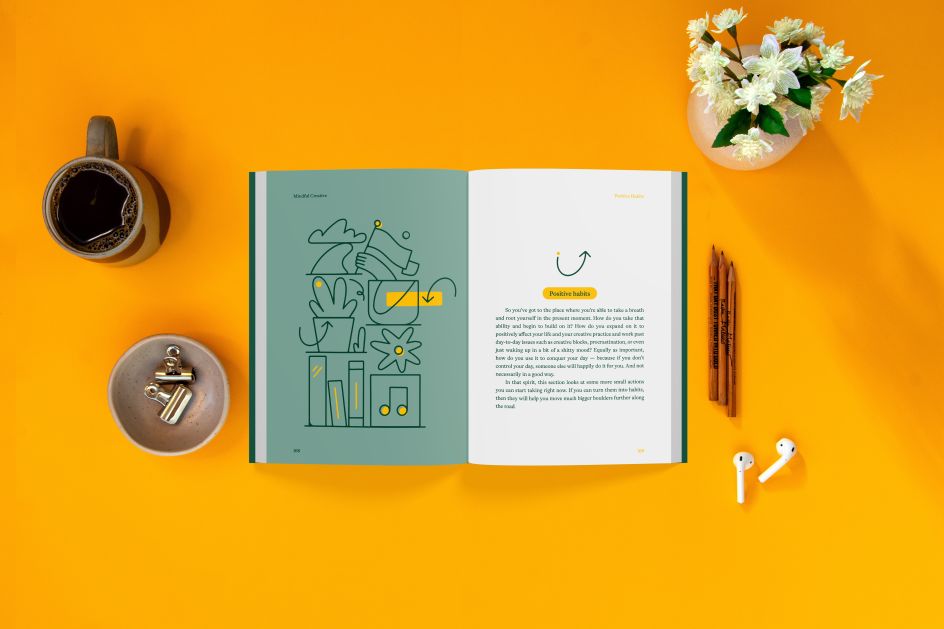
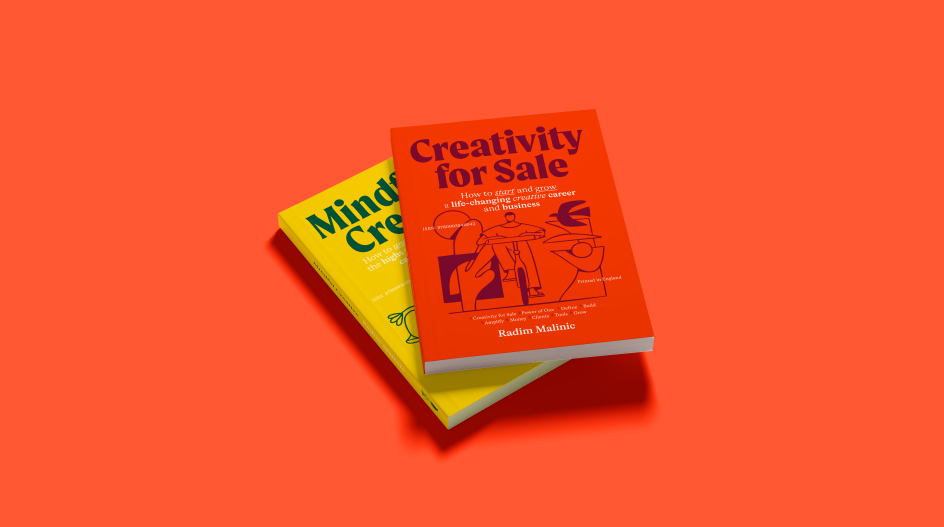
"I had days when I wrote up to six thousand words," he continues. "Other days, I'd manage two hundred due to lack of time. The key was moving forward and seeing what we have after a while." His core motivation was that "I wished these books had existed when I needed them during the many different stages of my career. So I made them."
And he'd been thinking about this for a long time. "These two new books were sketched out at the time of working on Book of Branding some four years ago," Radim explains. "I knew I wanted to create a book on how to set up a creative business and a book that ensures that process doesn't take over your life. I don't think any of my original sketches made it in these books, but they were needed to get me started with the planning."
Parachute with a map
It's perhaps surprising that Radim originally envisioned his books as comedy-based. "The idea was they'd be humorous and frivolous reads, to let the reader enjoy the journey and process," he reveals. "But as soon as I dug deeper into my notes and memories, the idea of making a joyous guide to business was swiftly clouded over with memories of client battles, work that never got completed or binned after completion, chasing unpaid invoices and a lot of other 'not-so-comedy' moments.
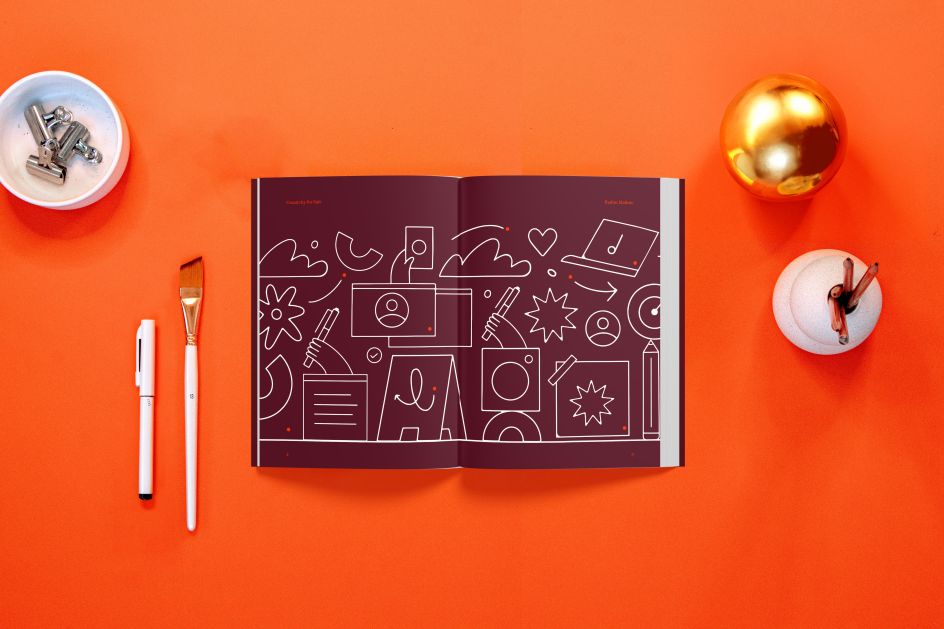
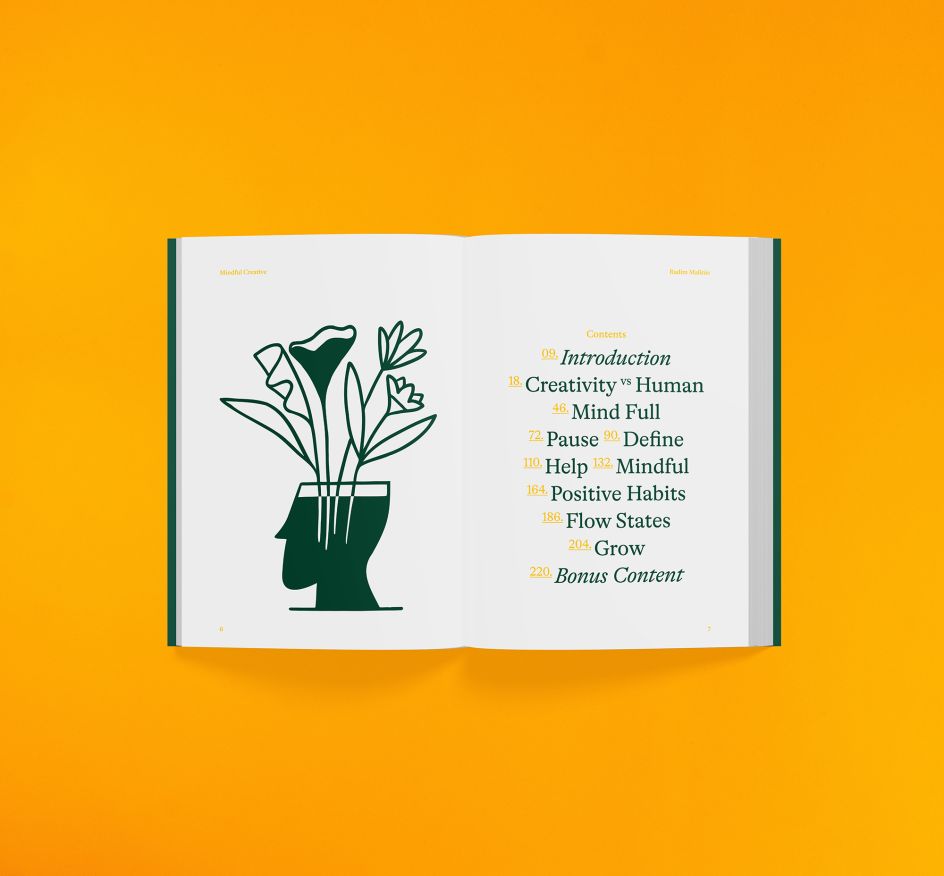
"All of these situations would often happen to all of us due to the lack of right procedures, planning or understanding of how we should run our own business," he continues. "Ask any creative if they had a plan, let alone a business plan, before going solo, and they will likely laugh. We jump out of full-time employment or after we finish education without any parachute attached, only armed with a willingness to fly solo.
"Everyone crash-lands before they make it work. This book is the parachute with a map attached to show you the direction you might want to consider taking. I've also signposted all possible mistakes. Creative people like to listen to advice, but they don't always take it to heart. We somehow need to make our own mistakes to learn from. Touch the live wire to see if it's really live. We see the signs, and we run the red light anyway.
"So, from my experience, I know how many unknowns and obstacles can be encountered right from the start. I wanted to share my viewpoint on this and share two decades' worth of information for the price of lunch from a high street deli."
Changing your life
In his books, Radim talks of creating a "life-changing creative career", and working in design has certainly been transformative for him. "One hundred per cent: creativity changed my life," he stresses. "Creativity can give you identity. It can open endless doors if you are willing to start walking towards them."
Why is that exactly? "It's the unpredictability of what we do," he says. "The possibility of what we can do and make, especially now we live in the digital age. Our options change with different stages of our lives and careers. The gift of creativity makes it possible to have a fluid pivot from one creative career to another.
"The main 'life-changing' aspect of creativity is the freedom to try what you find interesting and what could lead you to something new. Personally, I've reinvented my career at least five times, to end up running my own studio where I can use the learning from each different career stage so far.
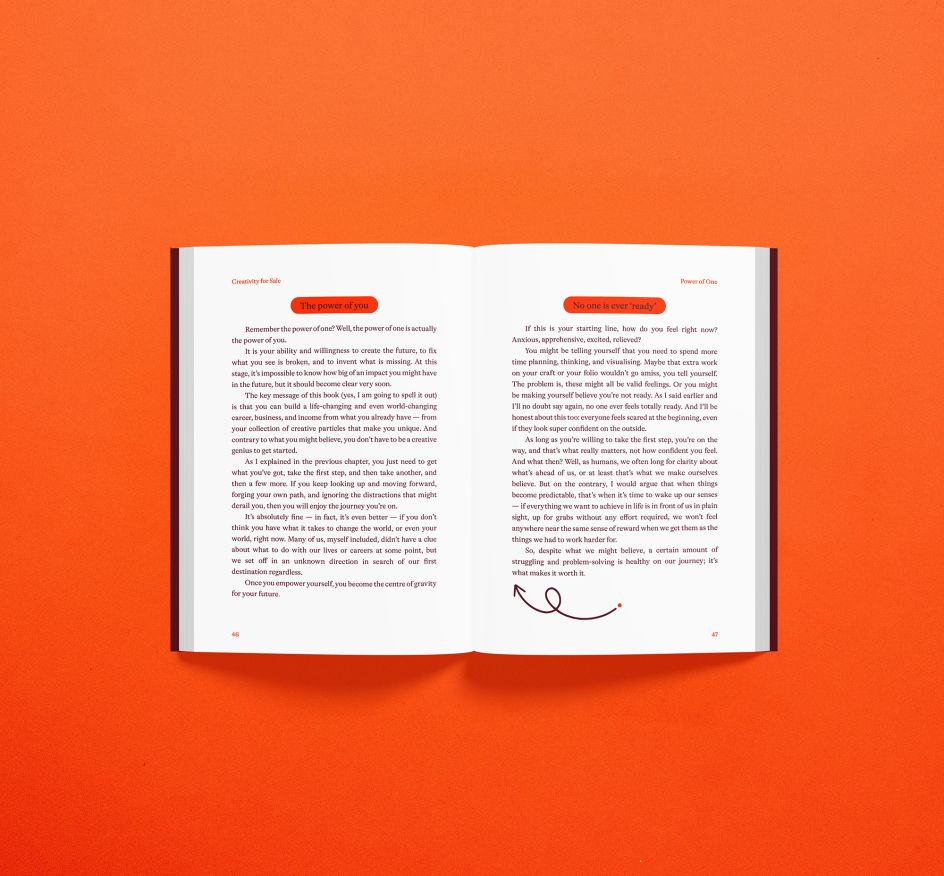
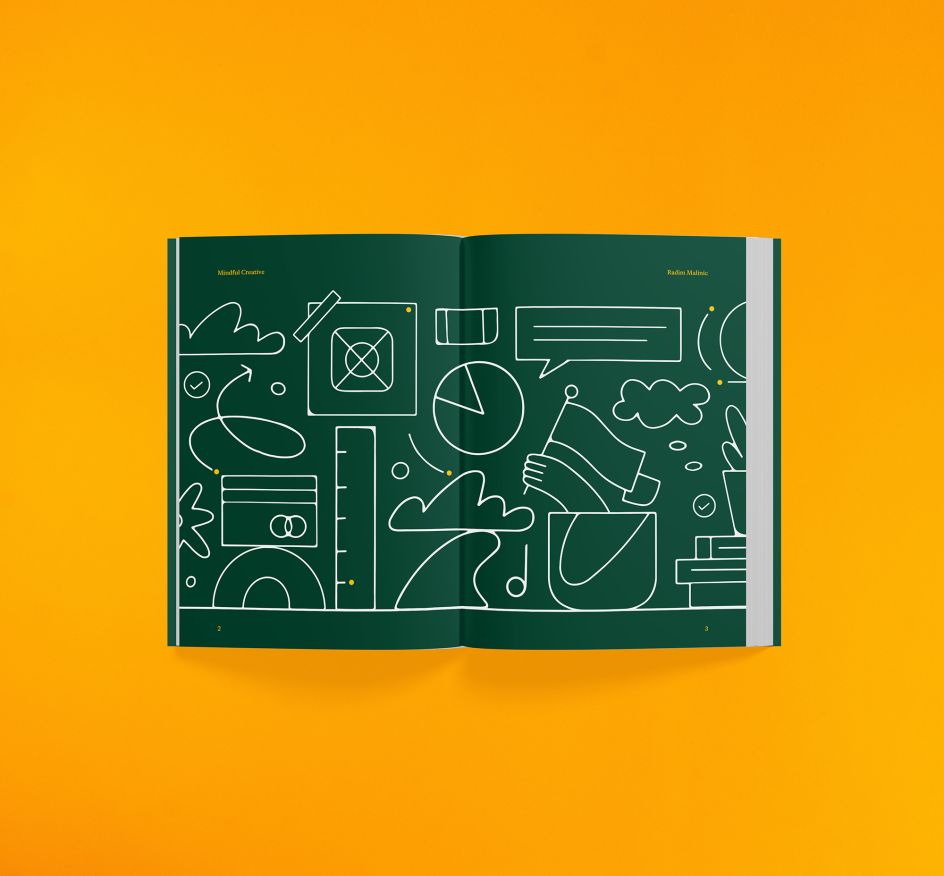
"Creativity has also led me to discover more about other people and how we collaborate, inform and influence each other. So, the book is more than just a collection of prompts for starting a business. We go deeper, we go personal too."
And he's not shy of bringing in his own story and feelings. "A long time ago, I asked myself whether I wanted to stay and hate my old job or be instead shit-scared running my own show," he recalls. "I went on my own to do things I couldn't do in 9-5, not just creatively. The process of setting up the studio started with the vision of being able to help growing startups to achieve."
Bumps in the road
Creativity is one thing, but it's often hard for creatives to get their head around selling their craft. How did Radim realise his own potential?
"As an emigre trying to establish myself in a different country in a second language, the lack of financial fallback made me rev up the engine as hard as I could to ensure the wheels keep on spinning," he explains. "Therefore, I didn't see it as an option; it was a necessity to get out there and go after it.
"In the book, I talk about the need to make 'meaningful connections' with people you might want to work for or with. It's easy to think you can jump on the fast-moving international brands with the hope you can catch your lucky break. Instead, it's the people you know already who can provide you with an early opportunity to establish yourself. Slower starts make for stronger foundations. Learning about business and selling your craft will give you more knowledge on dealing with clients and their projects, too."
Of course, that's not an easy path to take. "The more you go after your goals, the more bumps there seem to be in the road. It's not easy, and we can pretend we wish it were. But if it was all easy, we'd lose interest pretty quickly. We need a bit of snuggle to keep us keen to come back for more."
Finding balance
Mindful Creative, as the title suggests, is all about finding balance. "Creativity can be an untamed beast," notes Radim. "Too many options, too many hours of work. Too many social channels to maintain. Too many projects. Too little time. Too little energy to keep it up. No wonder the book starts with the line, 'Creativity nearly killed me'.
"If you were to go down to your local pub and chat to your fellow creative friends, the same topics would come up repeatedly. Burnout, stress, overwhelm, fear of failure, insufficient time to work etc."
Radim worked through lots of social listening and personal research to validate the idea of this book. "Once again, you can lead a horse to the water, but you can't make it to drink," he reasons. "The same applies to many creatives who cry for help but then carry on the same way to break themselves just a bit more again.
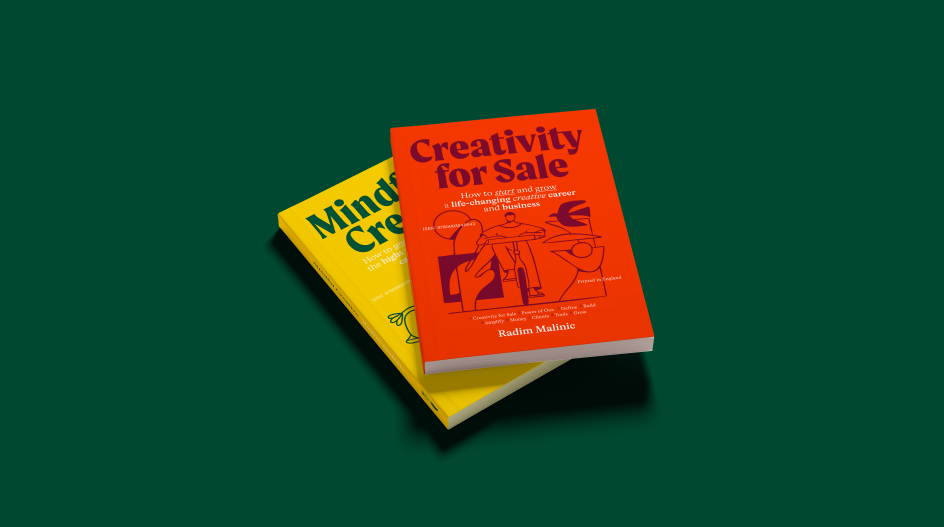
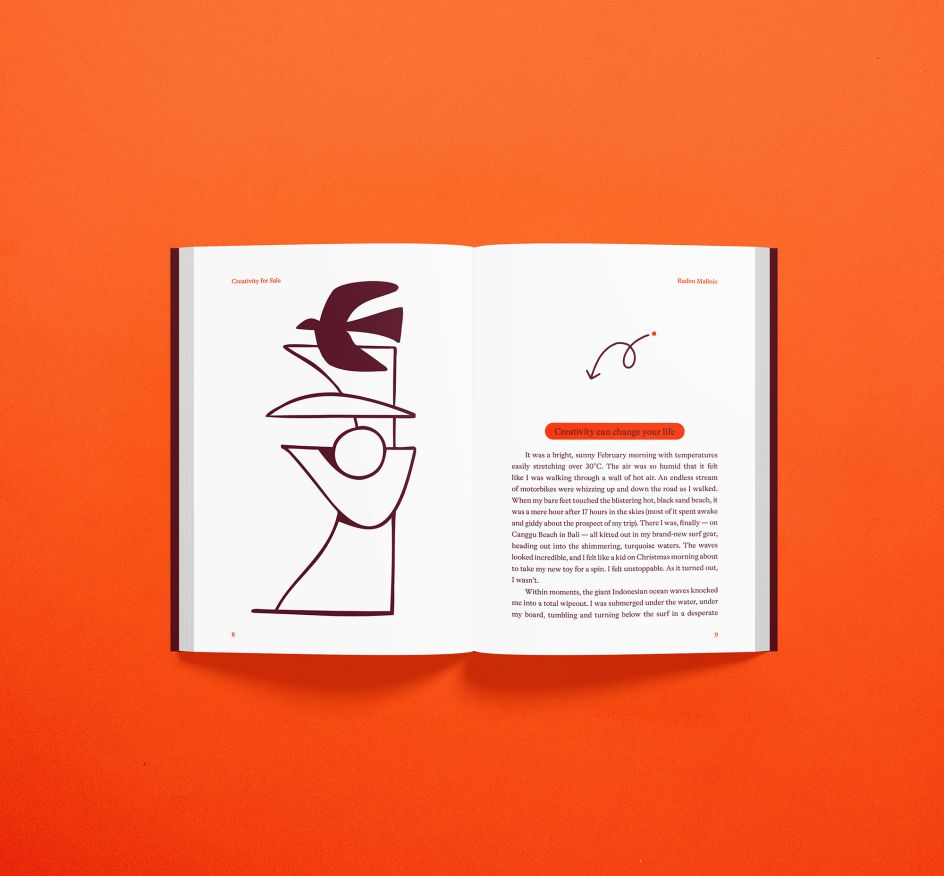
"This book is about the process of how to navigate the highs and lows that come with creative business and creative careers. How to build resilience, mindful presence, confidence and set stability in both personal and work life. Timo Kuilder illustrated the cover, and I can't imagine a more suitable image. Two faces, one person. Often half empty or half full. It summarises our journeys. Happiness isn't the eternal smile on your face. Happiness is calm when there are no battles to fight, no more mountain to climb that day."
So what happens if you lose that passion? "I think we can revert to the point of creating 'optimal conditions' for creativity," he responds. "Most negative situations and feelings can be avoided if we set up the right conditions for work. It's not always possible but we have more power to 'design' our situations than we often lead ourselves to believe.
"I don't think we lose passion for creativity," he stresses. "That's for life. If we ever did, losing passion would mean looking for another way to earn. But it's often when a situation becomes suboptimal that the best job in the world can feel like dragging a boulder up the steepest hill without an apex in sight. Over the years, I've seen different ways creative work can feel like this.
"Sometimes an overambitious naive ego thinks we can solve any problem without being in keeping with reality or clients, and therefore hitting walls in our process. Sometimes, personal life affects work – sleep, relationships, parenting – or the lack of positive habits that let us slip into negative thought patterns affecting our work. Other times, we tell ourselves we need a certain – and often unsuitable – project to top up the bank balance, which often feels more akin to manual work instead of creative joy.
"To turn it around, you need to look inward and pinpoint what you're going through at this precise moment. We are great at blaming everyone for our problems. The fix starts within. It would be so much easier if only everyone would do the same before we collaborate."




 by Tüpokompanii](https://www.creativeboom.com/upload/articles/58/58684538770fb5b428dc1882f7a732f153500153_732.jpg)


 using <a href="https://www.ohnotype.co/fonts/obviously" target="_blank">Obviously</a> by Oh No Type Co., Art Director, Brand & Creative—Spotify](https://www.creativeboom.com/upload/articles/6e/6ed31eddc26fa563f213fc76d6993dab9231ffe4_732.jpg)








